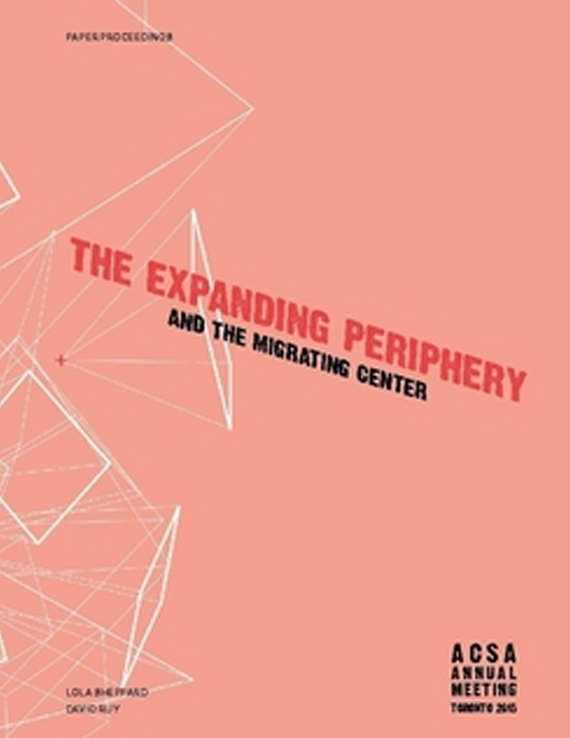Author(s): Shelby Elizabeth Doyle
Why begin a 2012 studio about Phnom Penh, Cambodia in 1972 Las Vegas, Nevada? Learning from Las Vegas has not run its course as a radical research practice. Its techniques and representational strategies have been deeply absorbed into the North American discipline and its modalities commonplace within that discipline. However, conditions of architectural education are not global and the influence of the 20th century canon of architectural literature, including Learning from Las Vegas has not necessarily reached those places it might now best serve, in this case the rapidly urbanizing cities of Southeast Asia, specifically Phnom Penh, Cambodia. “Learning from the existing landscape is a way of being revolutionary for an architect.” (Venturi, Scott Brown and Izenour, Learning From Las Vegas, 1972) As the ‘existing landscape’ of Phnom Penh is perpetually unstable learning from that landscape is a dynamic process. During the last 150 years the city developed from a French master planned town into a piecemeal post-conflict rapidly urbanizing vernacular that is now being leveled and reconstructed through Haussmannesque plans driven by an influx of foreign investment capital and dictatorial governance. Projecting Phnom Penh: Ta Khmau Strip Studio was a Fall 2012 architecture and urban design studio taught at Limkowking University in Cambodia. It explored projecting the conceptual future and physical extension of Phnom Penh onto the strip of land and highway between the wetlands and river connecting Phnom Penh to Ta Khmau: currently home to garment factories, K-TVs (brothels), and dense informal housing. The studio took as its starting point the mapping strategies and attitudes of Learning from Las Vegas. Teaching a complex, theoretical, and academic text not available in Khmer and to an audience denied a basic education in architectural theory was nearly a failure. However, the class recovered and read the entire English text of Learning from Las Vegas aloud and together, stopping frequently to deconstruct a word or sentence, searching for its most elemental meeting. The course took place during a yearlong Fulbright Grant for which the resulting research and design projects served as a means to explore the nature and agency of design in relation to these topics, with a focus on education and public outreach as tools for engaging with Phnom Penh’s urban transformation under the governance of an authoritarian regime.
Volume Editors
David Ruy & Lola Sheppard
ISBN
978-0-935502-95-4

 Study Architecture
Study Architecture  ProPEL
ProPEL 
